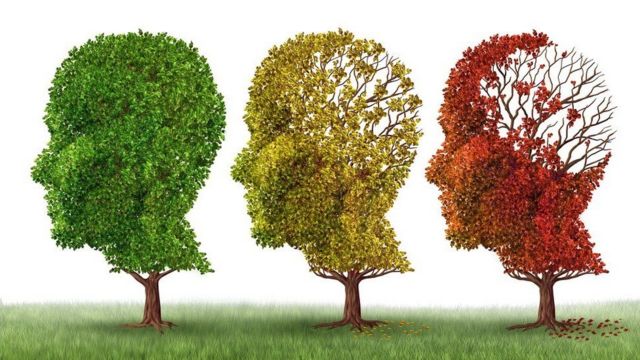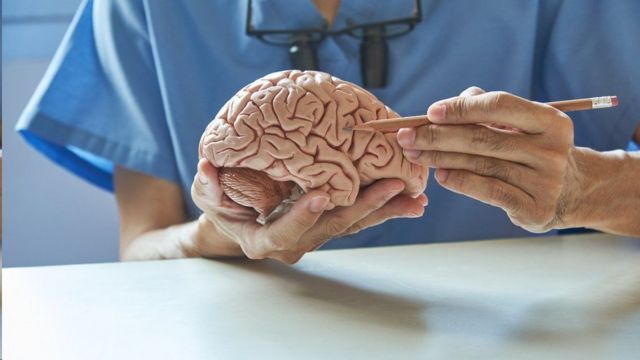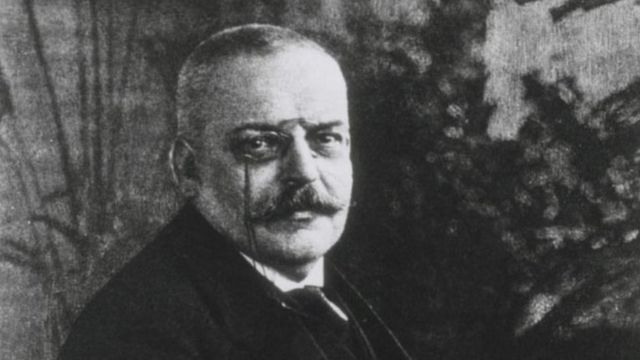Why is there still no cure for Alzheimer's disease, discovered 115 years ago?
The only drugs approved for Alzheimer's only partially and temporarily relieve some of the symptoms, but they do not prevent the disease from advancing.
As a researcher and neurologist who cares for people with Alzheimer's, I share the frustration - in fact, the indignation - of patients and family when I tell them that I don't have a cure to offer.
Last year, scientists came across covid-19, a hitherto unknown disease, and in a few months they developed new effective vaccines.
During the same period, the list of failures to treat Alzheimer's increased.
Currently, the only approved drugs simply relieve some of the symptoms, partially and temporarily, but they do not prevent the disease from advancing.
Let's start by following the money trail. For years, patient representatives have been warning about the increasing number of victims and the rising costs of Alzheimer's as the world population ages.
Alzheimer's is seriously underfunded compared to cancer, heart disease, HIV / AIDS and even covid-19.
Unfortunately, the mistaken belief that Alzheimer's affects only older people is a contributing factor to this lack of funding. Between 5% and 10% of people with Alzheimer's are under the age of 65. Some are up to 40 years old.
Alzheimer's is also a disease that affects the whole family, causing anxiety, depression and exhaustion in caregivers and loved ones, which generates a disproportionately high socioeconomic cost.
Conflicting theories
Financing is not the only problem. The human brain is extremely complex, and Alzheimer's is the most complex disease of the brain.
Alzheimer's may be present in patients 20 to 30 years old before they experience the first symptoms
The challenges that arise from this collision of complexities are reflected in the different theories about Alzheimer's.
The most widely accepted is that Alzheimer's is caused by poorly folded proteins that clump or clump together, killing brain cells and leading to symptoms of memory loss and reduced cognition.
Initially, the blame for this history of incorrect folding was attributed to a protein called beta-amyloid. More recently, another protein, tau, has emerged as a possible collaborator.
Although a great deal of research data has supported this theory of incorrect protein folding, known as the amyloid hypothesis, several drugs designed to block the processes of incorrect folding of toxic brain proteins have repeatedly failed tests in humans.
In fact, in the past two years, several major clinical trials based on the main hypothesis - that reducing the level of beta-amyloid clustering that haunts the brains of Alzheimer's patients would halt the disease's progression - have failed dramatically.
There are several theories that try to explain the origin of Alzheimer's
But there are many other theories. A major competitor is neuroinflammation, which suggests that Alzheimer's arises from an excessive release of toxic inflammatory chemicals from immune cells in the brain called microglia.
The drugs developed based on this theory are fundamentally different from those that address the amyloid hypothesis and are still in the early stages of the development process.
A different theory states that Alzheimer's is a disease of synapses, as the junctions between brain cells are called, and another suggests that Alzheimer's is a disease of mitochondria, the central structure for the production of energy in each brain cell.
Challenges to finding a cure
The path to a cure will not be easy and, even if these theories lead to the development of drugs, these drugs can fail for other reasons.
Alzheimer's is a long-term chronic disease, probably present 20 to 30 years before the first symptoms appear.
Administering a drug when a person becomes symptomatic may be too late to make a difference.
But we do not have the capacity to make the diagnosis 30 years before the first symptoms and, even if we did, we would have to consider the ethics of administering a potentially toxic long-term medication to someone who may or may not be sick three decades from now.
In addition, unlike the development of antibiotics, in which it only takes a few days for researchers to know if the drug works, the chronic nature of Alzheimer's requires long and expensive tests - years in duration - before an answer can be obtained.
This time and expense is an additional impediment to drug development.
A final problem is that Alzheimer's may not simply be a disease. In fact, it could be a set of similar illnesses.
Psychiatrist Alois Alzheimer described the disease in the early 20th century
A 52-year-old with early onset Alzheimer's certainly has a different clinical course from an 82-year-old with late onset Alzheimer's.
Will a drug that works for an 82-year-old also work for a 52-year-old with the disease? Maybe, or not.
Fortunately, despite all these obstacles, a wide variety of fascinating and encouraging research is being conducted in laboratories around the world.
The achievements of Science and the pharmaceutical industry over many other diseases in the past century have often come easily, as a fruit at hand to be harvested.
Alzheimer's is not a fruit at hand, but the apple at the top of the tree, and scientists will have to climb several branches, many of which have never been reached, on the path to healing. But let's get there.





No comments:
Post a Comment